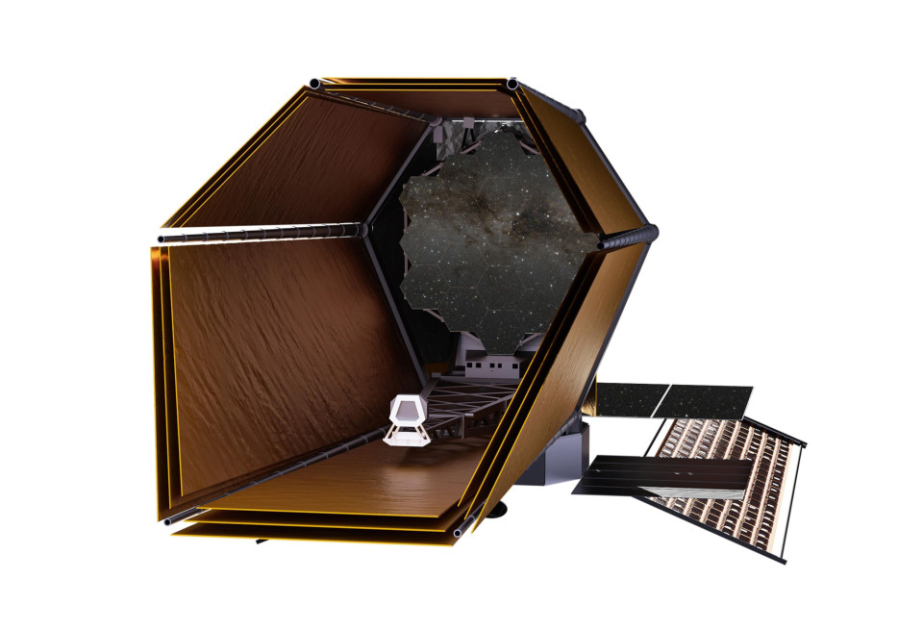Japan's government has been considering joining a US-led space telescope initiative to search for Earth-like planets and extraterrestrial life, aiming to contribute technology and secure key research opportunities, according to Kyodo.
The NASA-led "Habitable Worlds Observatory" project plans to launch a large-scale space telescope in the early 2040s, designed to observe wavelengths like ultraviolet and X-rays that cannot penetrate the Earth's atmosphere.
Tokyo plans to have a specialized team within the Japan Aerospace Exploration Agency assess what potential technological contributions can be made.
Government officials view the space telescope endeavor as a significant international project, comparable to the Artemis lunar exploration program, which has over 50 countries involved. Joining the initiative would bolster Japan's role in global space science and provide priority access to observation opportunities.
Serving as the successor to the James Webb Space Telescope, launched in 2021, the envisioned telescope will orbit 1.5 million kilometers from Earth. It will utilize infrared, visible and UV light to detect exoplanets with conditions such as liquid water and atmospheres capable of supporting life.
Detecting Earth-like planets involves capturing faint light signals obscured by the brightness of stars. Drawing on expertise gained from developing instruments for the Subaru Telescope in Hawaii, Japan hopes to contribute observation equipment and remote maintenance technologies to the project.





















